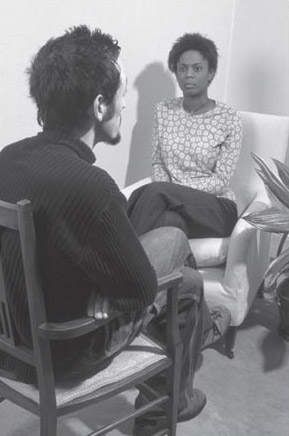4.6 Gender and power in the workplace
Activity 16
0h 20m
If you are, or have been, employed in a health and social care service, think about the ways in which gendered power ‘works’ in that setting. If you are a service user, you might consider a care service that you know well, or you might prefer to reflect on your experience of working in a different kind of organisation.
Can you think of ways in which the structures and practices of the organisation reflect and reproduce inequalities of power between men and women?
Discussion
One course tester wrote:
I worked for a while as part of a small team, where all the members were women, except for the manager who was a man. He was quite a ‘traditional’ man in many ways, and he tended to use personal charm to influence things – I think we saw him as a kind of father figure or benevolent uncle. He used humour quite a lot to oil the wheels. I suppose it was quite a benign use of male power, but it was power all the same, and the result was that women's voices, and maybe women's way of doing things, were marginalised.
This is an example of gendered power operating indirectly, and in an apparently benign way. You may have thought of more direct and perhaps less benign and more oppressive examples of gendered power. One tester experienced a workplace where the manager and most of the staff were women, and thought men had less power in that situation. It is important to remember that gendered power can work both ways, while not overlooking the wider inequalities experienced by women in society as a whole.
Issues of gender and power also shape encounters between staff and service users in care settings, especially where those taking part are different genders. In the next activity you will reflect on the issues that may arise from this.

OpenLearn - Diversity and difference in communication
 Except for third party materials and otherwise, this content is made available under a Creative Commons Attribution-NonCommercial-ShareAlike 4.0 Licence, full copyright detail can be found in the acknowledgements section. Please see full copyright statement for details.
Except for third party materials and otherwise, this content is made available under a Creative Commons Attribution-NonCommercial-ShareAlike 4.0 Licence, full copyright detail can be found in the acknowledgements section. Please see full copyright statement for details.
